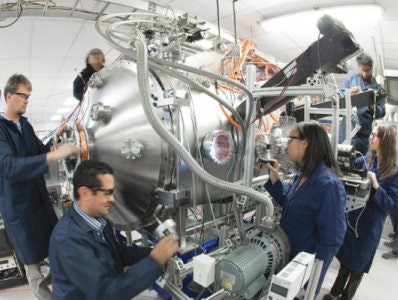In order to diversify the workforce of the aerospace and defense industries, business and higher education leaders must be proactive and intentional about collaborating to provide more opportunities to students from underrepresented groups.

“A truly robust STEM development ecosystem requires proactive steps from educational leadership on the one hand and business leadership on the other hand,” said Richard Celeste, co-chair of the National Academy of Sciences Committee that produced the 2016 report, “Promising Practices for Strengthening the Regional STEM Workforce Development Ecosystem.”
Celeste, who is also a former governor of Ohio and former president of Colorado College, said it’s important to look at employment in the aerospace and defense industries from a regional perspective as opposed to a national one, because hiring is ultimately a local function and the needs of business vary from one region to the next.
Students need more than just STEM degrees to be desirable as employees, Celeste said.
“Many of those with degrees lack the right combination of what we call technical skills on one side and employability skills needed to thrive in the workplace,” Celeste said.
“People need to be skilled at teamwork, flexibility to think beyond a discipline,” Celeste said. “There are critical skills that go with that.”















